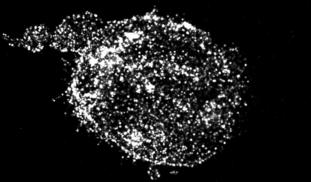48
0
0
Like?
Please wait...
About This Project
Our immune T-cells are a type of white blood cell that are crucial to recognise and attack infections and cancerous cells. For this reason, T-cells are important drug targets in vaccines and cancer immunotherapies. A drug currently in pre-clinical development is showing promising results in boosting a key regulator in T-cell functions 500-fold, but how this happens remains a mystery. We hypothesise that the drug increases the active state of the T-cell regulator by inducing a structural change.

Browse Other Projects on Experiment
Related Projects
Toward ethical and affordable antivenom solutions: Can anti-toxin be animal cruelty-free?
Snakebite envenoming causes over 100,000 deaths annually, yet current antivenoms depend on animal plasma...
Microplastics: Can engineered enzymes remove microplastics from the human body?
Polyethylene terephthalate (PET) microplastics have been detected in human blood and tissues, and linked...
Shutting down cancer’s recycling system with exosome-based therapy
Pancreatic cancer is one of the deadliest cancers because its cells survive by recycling their own components...

